Tucked away in the lush greenery of Sri Lanka’s Western Province, Horagolla National Park is a serene and lesser-known destination that offers a perfect escape for nature enthusiasts and wildlife lovers. As one of the smallest national parks in the country, Horagolla may not be as famous as Yala or Udawalawe, but its unique charm and biodiversity make it a must-visit for anyone looking to explore Sri Lanka’s natural wonders. In this comprehensive travel guide, we’ll take you through everything you need to know about Horagolla National Park, from its rich history to the best ways to experience its beauty.
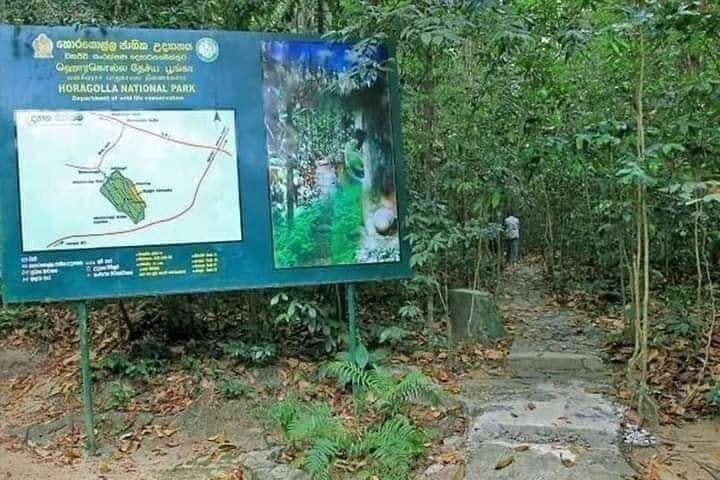
What is Horagolla National Park?
Horagolla National Park is a compact yet biodiverse protected area located near the town of Nittambuwa, approximately 40 kilometers from Colombo. Established in 2004, the park spans just 33 acres, making it one of the smallest national parks in Sri Lanka. Despite its size, Horagolla is home to a variety of flora and fauna, including rare plant species, birds, and mammals.
The park’s name, “Horagolla,” translates to “Leafy Grove” in Sinhala, and true to its name, it is a verdant oasis filled with towering trees, winding streams, and tranquil walking paths. Horagolla is also historically significant, as it was once part of the estate of the Bandaranaike family, one of Sri Lanka’s most prominent political families.
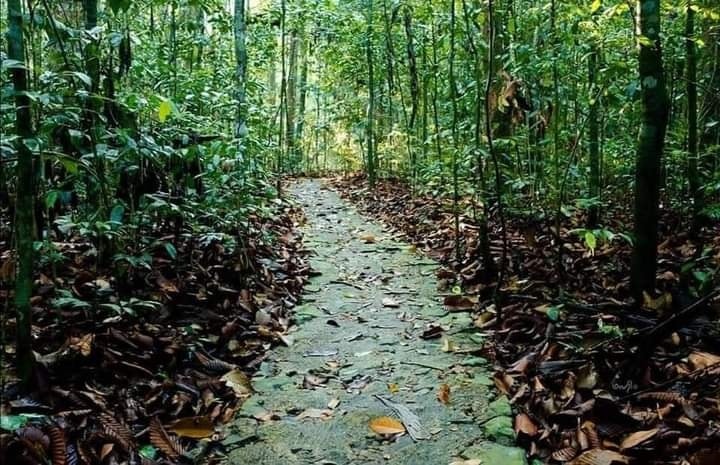
Flora and Fauna
Wildlife in Horagolla National Park
Horagolla National Park is home to a diverse range of animals, including:
- Mammals: Sri Lankan spotted deer, monkeys, porcupines, and the elusive fishing cat.
- Birds: The park is a birdwatcher’s paradise, with species such as the Sri Lanka Grey Hornbill, Black-capped Bulbul, and the Brown Fish Owl.
- Reptiles and Amphibians: Look out for monitor lizards, land tortoises, and various species of frogs that thrive in the park’s wetlands.
Unique Flora
Horagolla is a lowland evergreen forest, featuring towering trees, dense undergrowth, and freshwater ponds. Some common tree species include:
- Hora (Dipterocarpus zeylanicus) – the park’s namesake and a dominant species in the region.
- Na Tree (Mesua ferrea) – Sri Lanka’s national tree, found abundantly in the park.
- Mango, Jackfruit, and Breadfruit trees, which attract various birds and mammals.
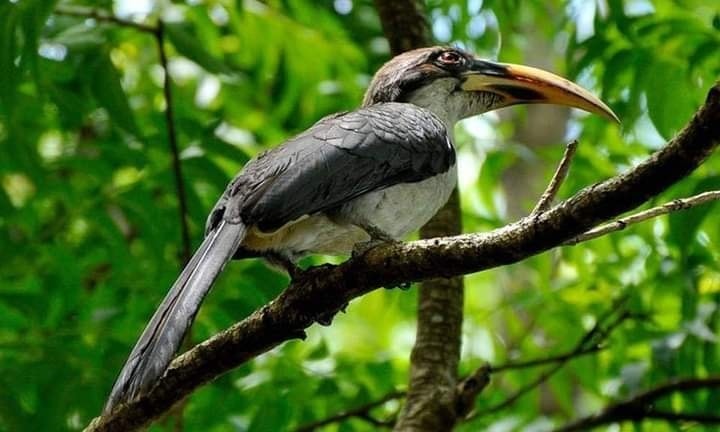
Entrance Fees and Facilities
- Entrance Fee: The park has a nominal entrance fee for both locals and foreigners.
- Guides: Hiring a guide is recommended to enhance your experience and spot hidden wildlife.
- Parking & Rest Areas: Basic facilities such as parking and seating areas are available.
- Restrooms: Limited restroom facilities, so plan accordingly.
How to Get to Horagolla National Park
Horagolla National Park is easily accessible from Colombo and other major cities in Sri Lanka. Here’s how you can reach this hidden gem:
- From Colombo: The park is about a 1.5-hour drive from Colombo. You can hire a taxi, take a bus, or drive yourself via the Colombo-Kandy Road (A1).
- From Kandy: If you’re traveling from Kandy, the journey takes approximately 2 hours by car or bus.
- Public Transport: Regular buses and trains run between Colombo and Nittambuwa. From Nittambuwa, you can hire a tuk-tuk to reach the park.
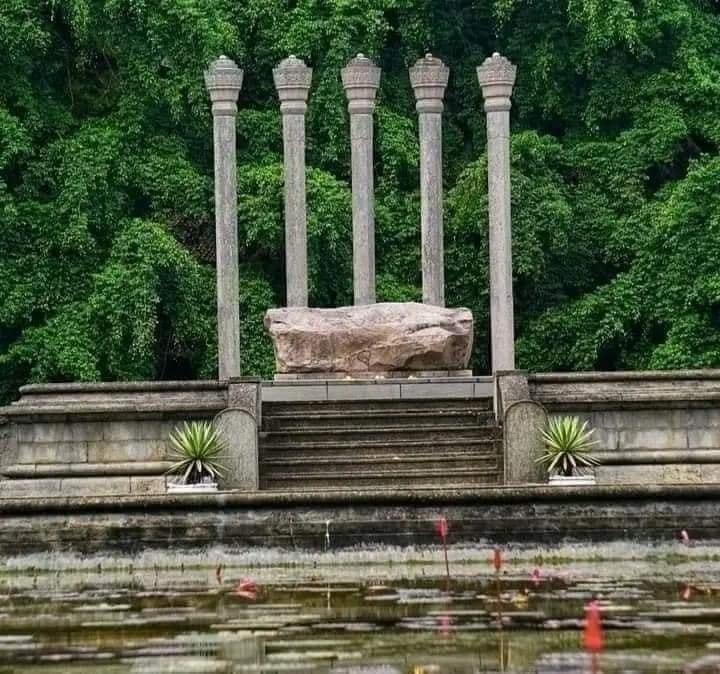
What to See and Do in Horagolla National Park
Despite its small size, Horagolla National Park offers a variety of activities and sights for visitors. Here are some highlights:
1. Explore the Rich Biodiversity
Horagolla is a haven for nature lovers, with its dense forest canopy and diverse wildlife. The park is home to several species of mammals, including the purple-faced langur, Indian muntjac (barking deer), and wild boar. Birdwatchers will also be delighted by the variety of avian species, such as the Sri Lanka grey hornbill, kingfishers, and parakeets.
2. Take a Leisurely Walk
The park features well-maintained walking trails that wind through its lush greenery. These trails are perfect for a leisurely stroll, allowing you to immerse yourself in the sights and sounds of nature. Don’t forget to bring your camera to capture the park’s scenic beauty!
3. Visit the Bandaranaike Family Estate
Horagolla National Park has a fascinating historical connection to the Bandaranaike family, which produced two Sri Lankan prime ministers. The park was once part of their estate, and remnants of the family’s influence can still be seen in the area.
4. Enjoy a Picnic
The park’s tranquil environment makes it an ideal spot for a picnic. There are designated areas where you can relax and enjoy a meal surrounded by nature.
5. Learn About Conservation Efforts
Horagolla National Park plays an important role in conserving Sri Lanka’s native flora and fauna. During your visit, you can learn about the park’s conservation initiatives and the importance of protecting its unique ecosystem.
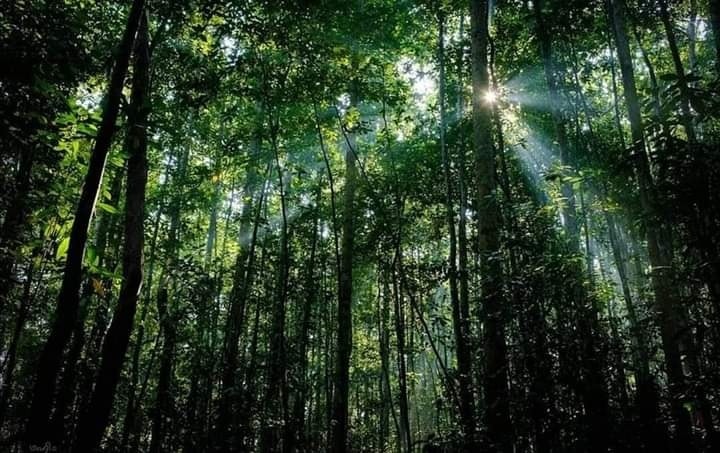
Best Time to Visit Horagolla National Park
Horagolla National Park is a year-round destination, but the best time to visit is during the dry season, from December to April. During this period, the weather is pleasant, and the trails are easier to navigate. Early mornings and late afternoons are ideal for wildlife spotting, as animals are most active during these times.
Tips for Visiting Horagolla National Park
- Wear comfortable walking shoes and light clothing suitable for warm weather.
- Carry binoculars for birdwatching.
- Bring water and snacks, as there are no food stalls inside the park.
- Follow the Leave No Trace principle – do not litter and respect wildlife.
- Visit early in the morning for the best wildlife sightings.
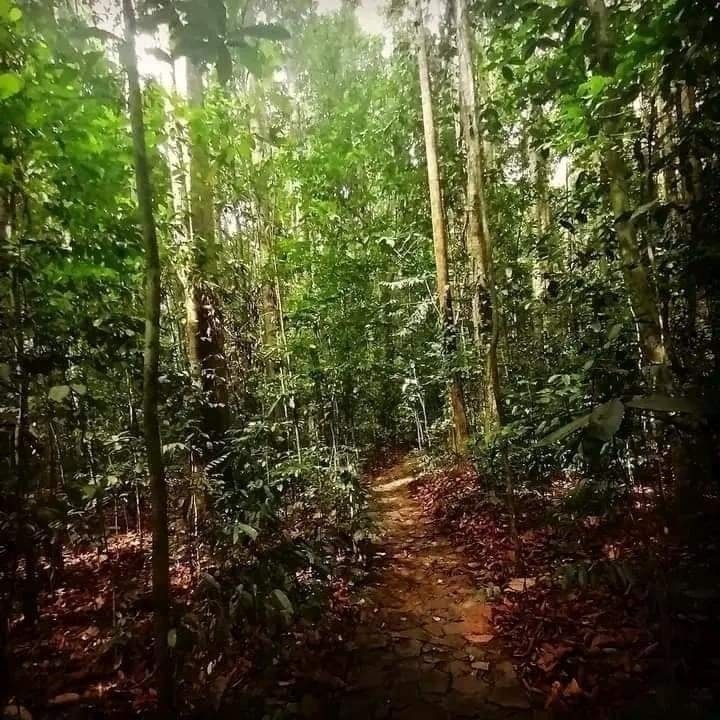
Why Horagolla National Park Should Be on Your Sri Lanka Itinerary
Horagolla National Park may be small in size, but it packs a punch when it comes to natural beauty and biodiversity. Its peaceful atmosphere, rich history, and accessibility make it a perfect destination for a day trip from Colombo or a stop on your journey through Sri Lanka’s Western Province.
Whether you’re a wildlife enthusiast, a history buff, or simply someone looking to unwind in nature, Horagolla National Park offers a unique and memorable experience. So, the next time you’re planning a trip to Sri Lanka, don’t miss the chance to explore this hidden gem.






















